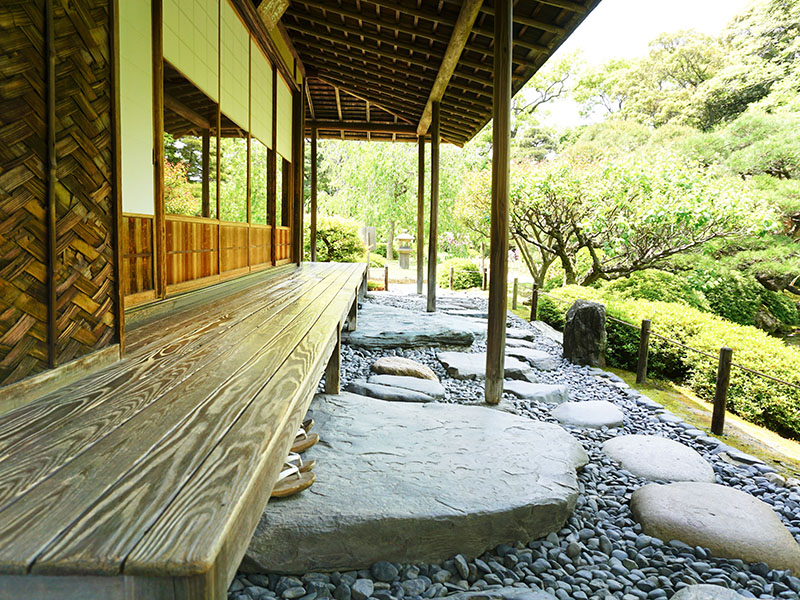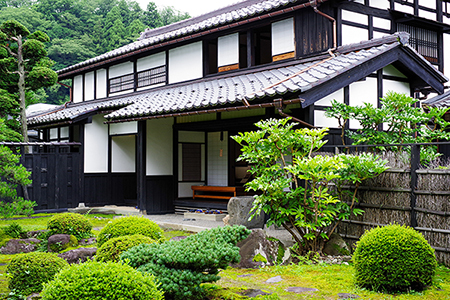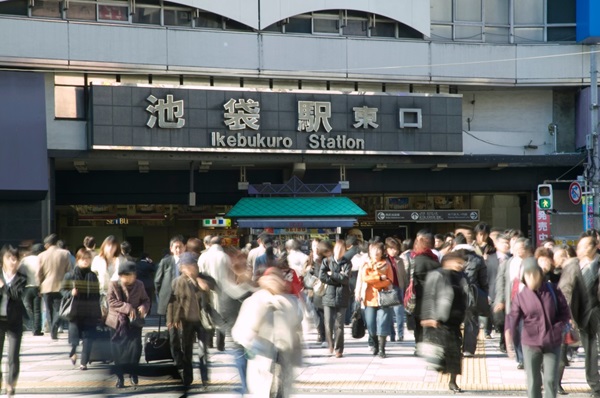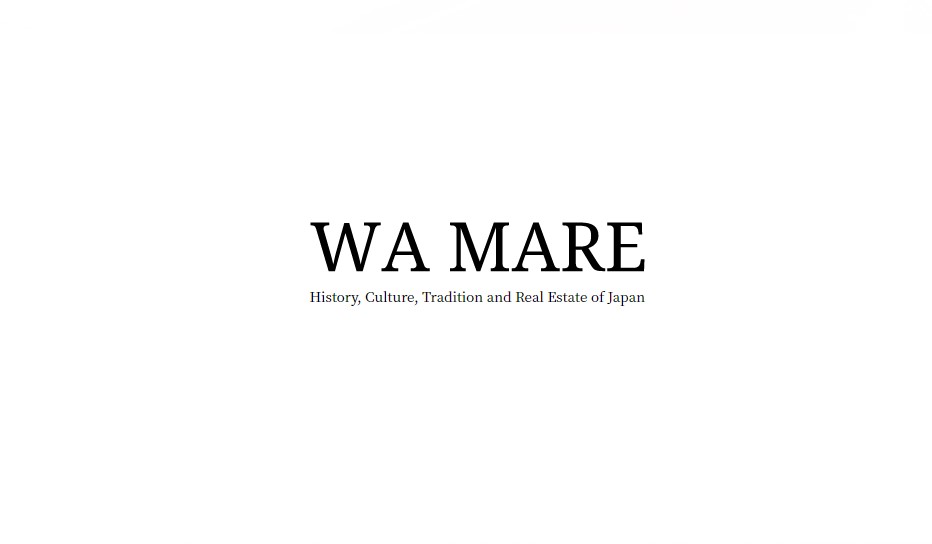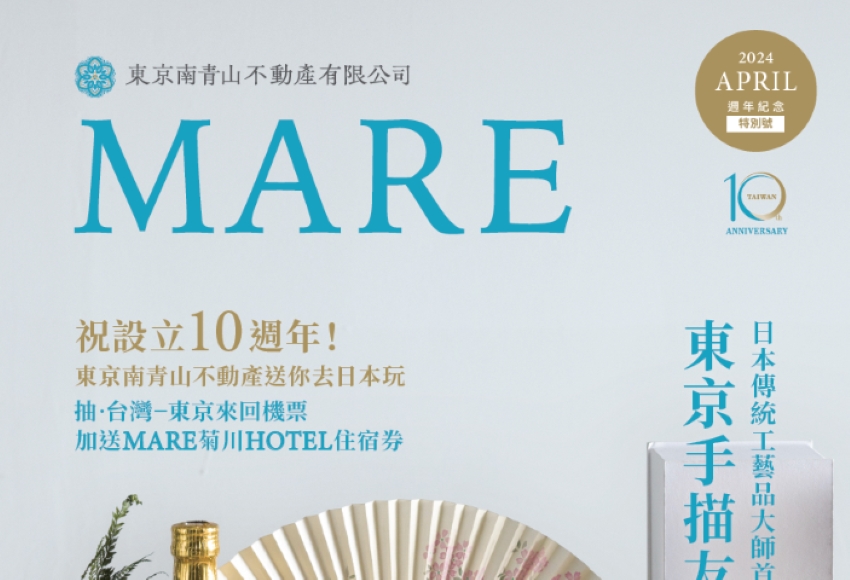In this second part of the column, we will introduce the main parts of Japanese architecture that make up a Wa-Modern house.
Main parts of Japanese architecture that make up a Japanese modern house
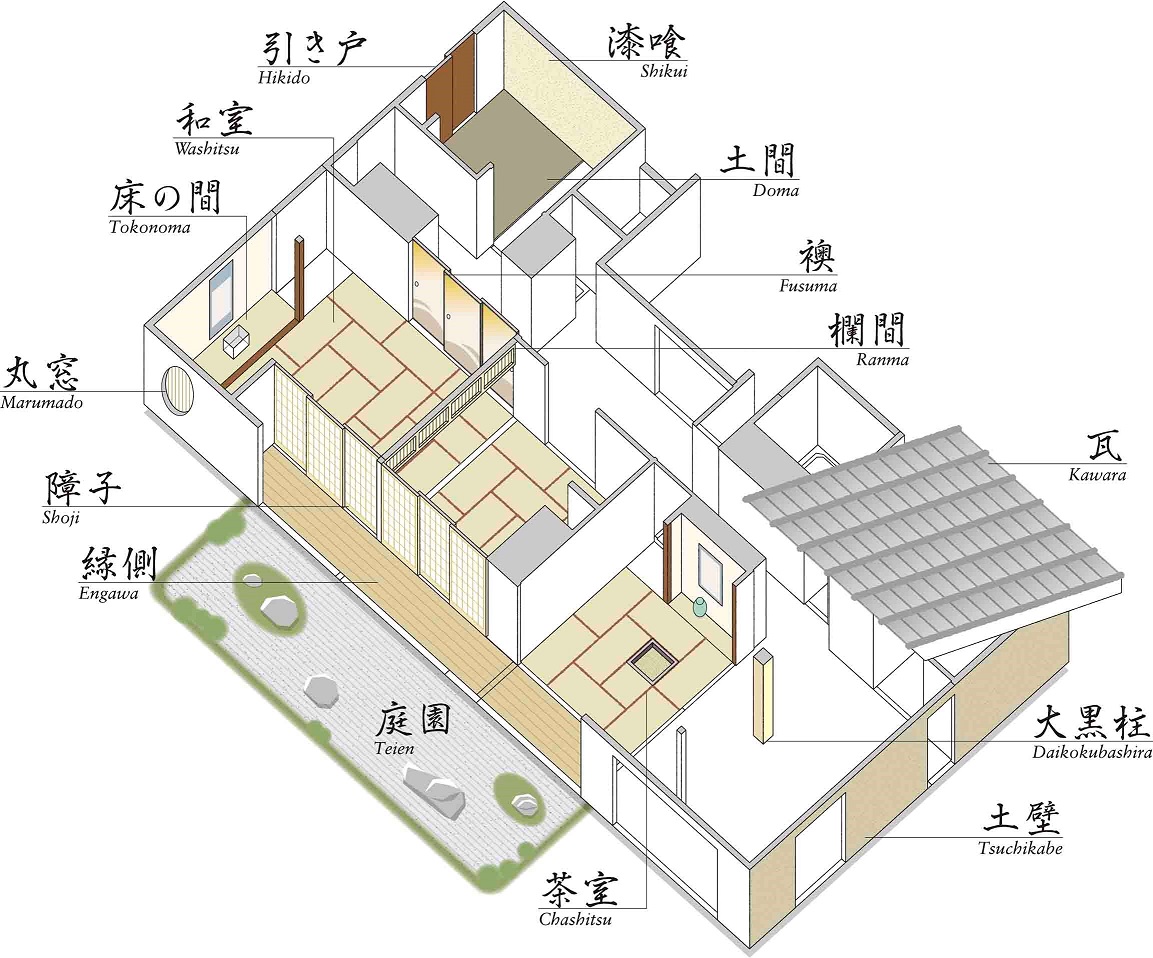
Inside the house, the parts that make up Japanese modern style(※image)
This section introduces the parts of traditional Japanese architecture that can also be found in a Japanese modern house, by exterior, interior and structure.
Exterior
Tile roof
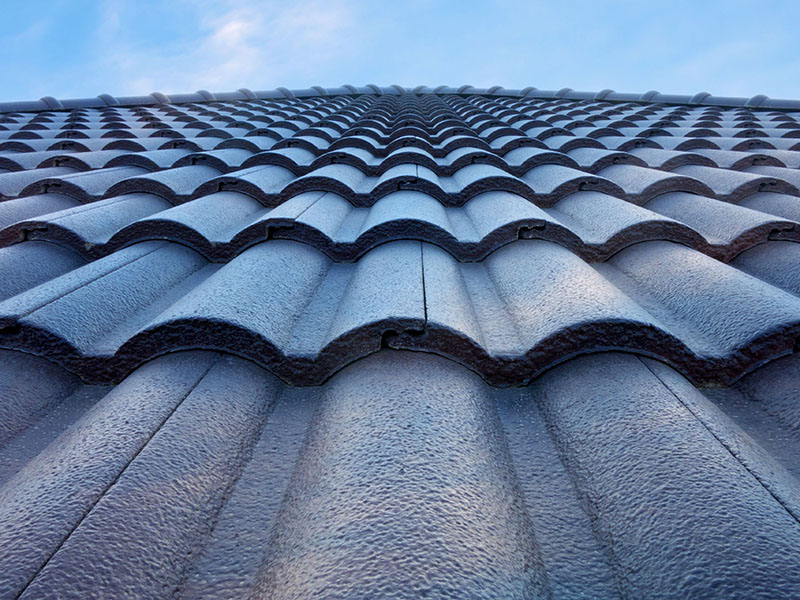
A finishing material made by processing clay in a certain shape and firing it in a kiln, it has long been used in Japan for the roofs of castles, shrines, temples and other buildings.
It is characterised by the retention of a large amount of air between the tiles and the tarpaulin, which retains its thermal and sound insulation properties and ventilation capability.
Sliding Door
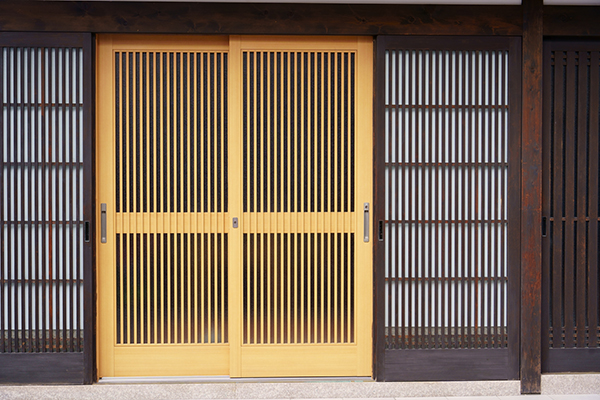
These are doors that can be fitted into a door pocket and are opened and closed by sliding them over grooves or rails. They have been installed in Japanese houses since ancient times and are used for rain doors, shoji screens and sliding doors, in addition to doors that serve as entrances and exits to the house.
Mud Wall
These walls are made of soil mixed with straw and sand, kneaded with water, then coated and hardened. It regulates temperature and humidity and is therefore used for walls such as sake cellars and storehouses. They are also fire-resistant and were widely used in the city of Edo, where fires were common.
Interior
Ranma
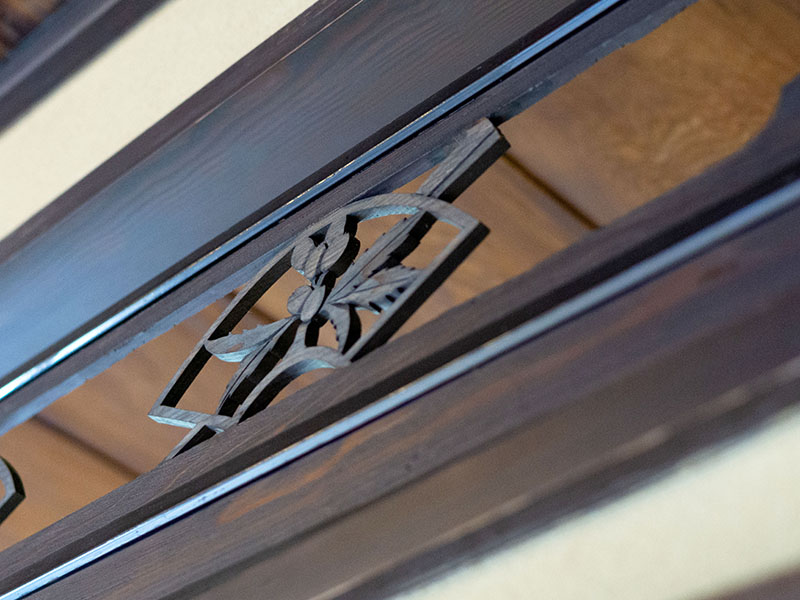
This is a part used in the opening between the ceiling and the Kamoi (or Nageshi) door. The prototype of the ranma can be seen in the Byodoin Phoenix Hall, built in the late Heian period. They went from being utilitarian, improving ventilation and lighting, to being ornate and decorative as time went on.
Fusuma
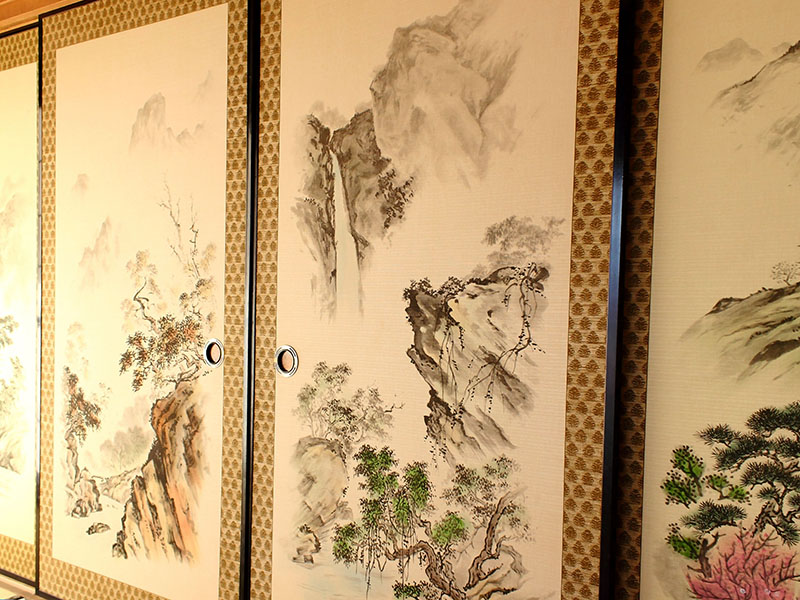
A sliding door that serves as a wardrobe door or room divider and is often found in modern Japanese houses. They have a wooden frame and the surface is covered with cloth or paper. The surfaces are sometimes painted and serve as interior decoration.
Shoji
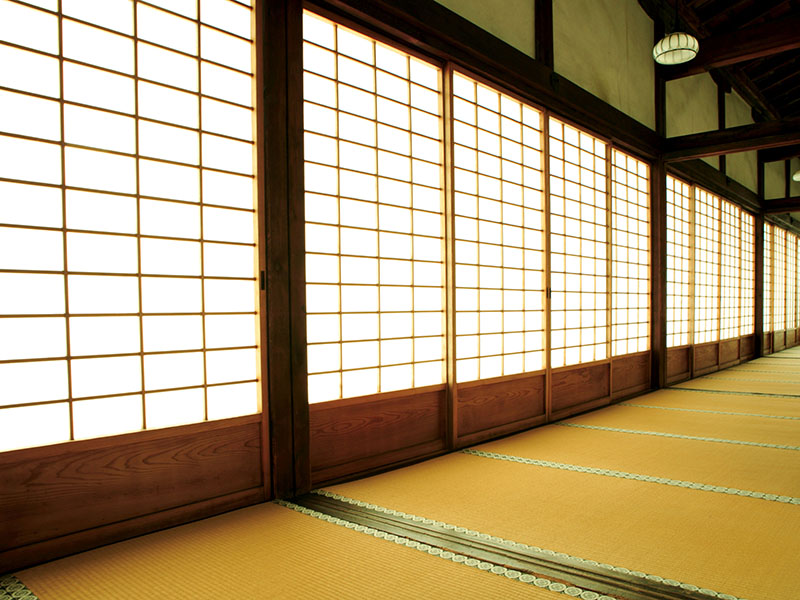
These parts are also used as partitions between rooms and edges. They block the view from outside and let light into the room. They are still used in Japanese-style restaurants, traditional inns and guest houses.
Round Window
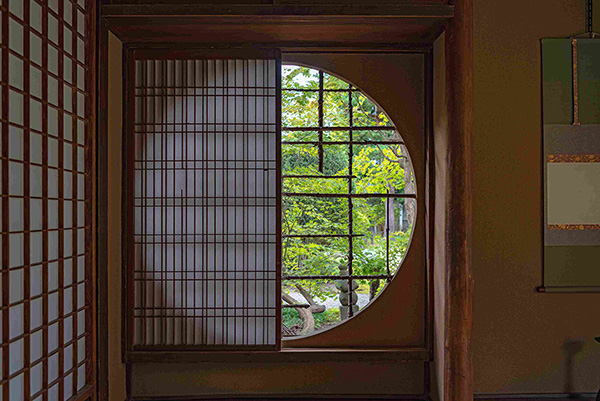
Mainly a regular circular window, the round window in Japanese architecture is said to be connected with Enso, which means enlightenment in Zen. They were used in tea rooms, shoin-zukuri and sukiya-zukuri.
Shikkui
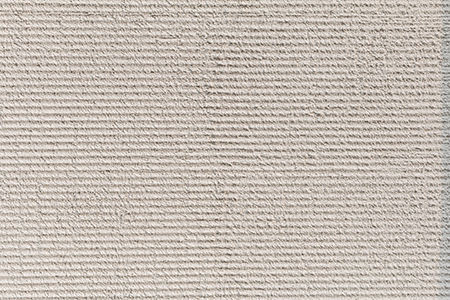
A material for painted walls whose main raw material is slaked lime (calcium hydroxide), characterised by its high fire resistance and humidity control properties. It has long been used in castles, storehouses and temples.
Structure
Daikoku-bashira
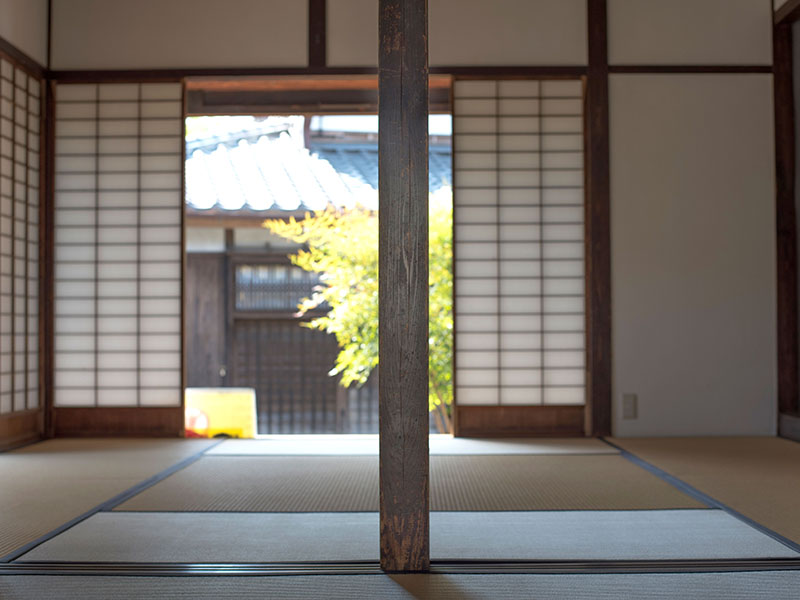
A thick pillar standing at the centre of a building. It is considered the most important pillar in terms of structure, and as it is subject to a large load, hard, thick timbers such as zelkova, oak and cherry were often used
Doma
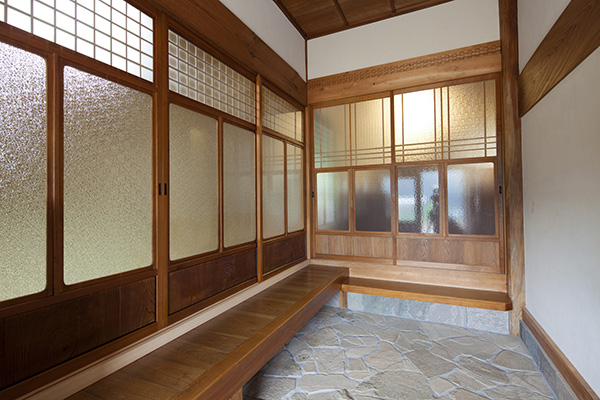
This is an indoor space that can be entered with shoes, and is the link between the public and private living space. It is a uniquely Japanese space where people take off their footwear and enter the house.
*Tataki: earthen floor finishing material made from red clay or gravel mixed with slaked lime and bittern.
Wa-shitsu
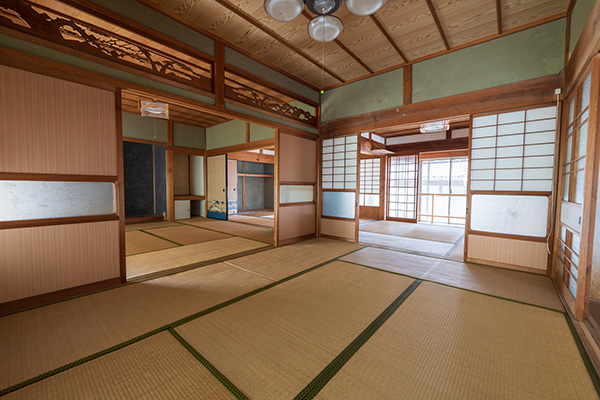
These rooms have a traditional Japanese style, and their component parts include tatami mats, tokonoma (alcove), nageshi ( reed stretcher), kamoi ( sliding door) and ranma ( transom). In buildings such as tea rooms and temples, almost all rooms consist of Japanese-style rooms.
Cha-shitsu
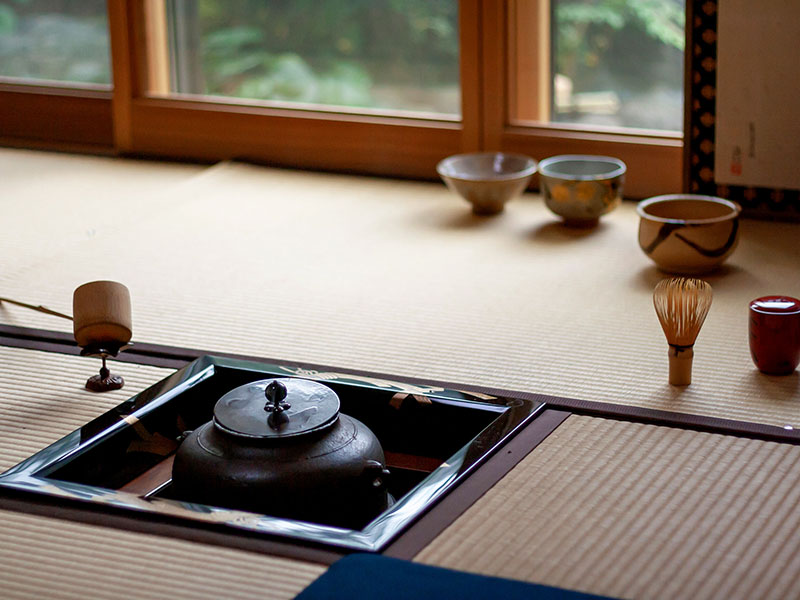
It is said to be the room where tea ceremonies were held, and is said to have triggered the birth of the sukiya-zukuri style of tea ceremony. Until the present day, four-and-a-half-tatami tea rooms have been favoured, but the 'waiting room' built by Sen no Rikyu had two tatami mats, and the number of tatami mats was not strictly defined.
Engawa
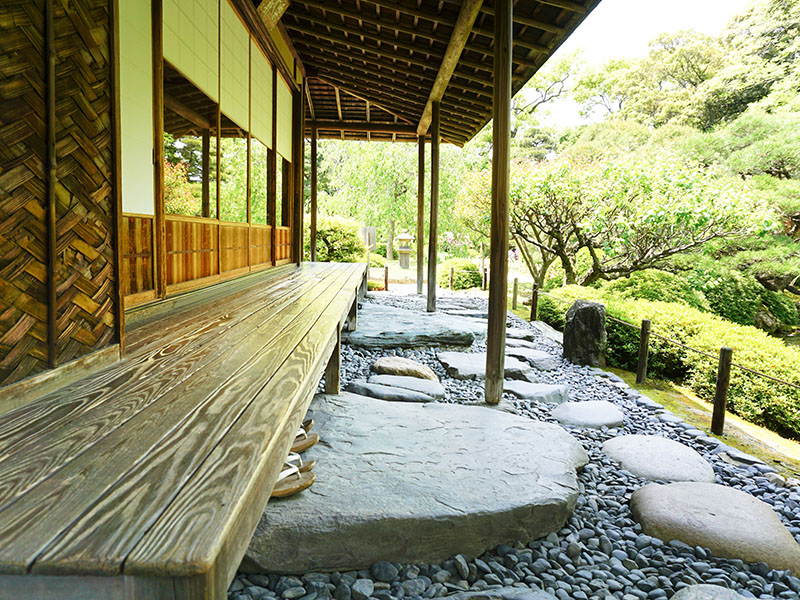
This is a boarded-up space between the indoors and outdoors. In modern times, they are used in temples and palaces, as well as in ordinary houses. In addition to serving as a passageway, the veranda also functions as a link between the interior and the garden.
Teien
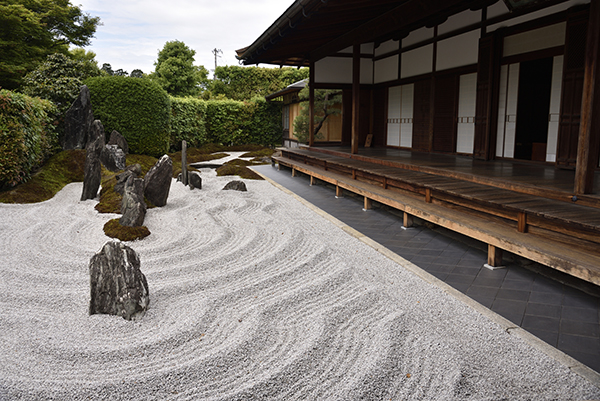
Gardens built in the Japanese garden style are called 'Nihon Teien(Japanese garden)'. Smaller Japanese-style gardens enclosed by walls or hedges are called 'Tsuboniwa'. Since ancient times, many gardens in Japan have been created to replicate natural landscapes.
Attractiveness of a Wa-Modern House
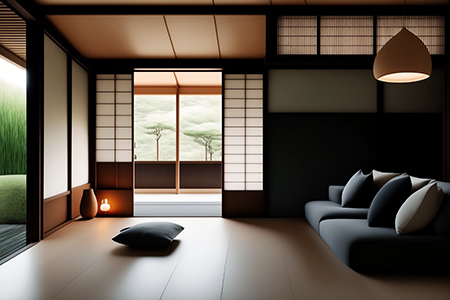
As mentioned above, a Wa-Modern house is characterised by the fusion of Western-style architecture, which is increasingly in demand today, and traditional Japanese architecture, which gives it a Japanese flavour.
Let's take a look again at the attractiveness of the Japanese modern house in the context of the history of Japanese architecture.
Suits Japan's Variable Climate
The Wa-Modern house style suits Japan's climate, which fluctuates greatly from season to season. Timber, the main building material, regulates indoor humidity by repeatedly absorbing and releasing moisture. Earthen walls used between the pillars also have excellent humidity control and ventilation properties, and relieve the heat and humidity in summer.
The soft texture of tatami prevents coldness underfoot, so bare feet can be used comfortably.
Excellent Functionality
As described in 'The main parts of Japanese architecture that make up Wa-Modern houses', the uniquely Japanese parts used in Japanese modern houses have various functions, such as fire resistance, crime prevention and light shielding.
By combining several parts with all kinds of functions, a Wa-Modern house with excellent functionality can be constructed.
Conclusion.
Wa-Modern houses give a sense of Japanese style by combining modern design with good old-fashioned design. It is a new style of dwelling that combines the traditional beauty of Japanese architecture with multiple functions. Why not consider a comfortable life in a Japanese modern house full of Japanese sentiment?


